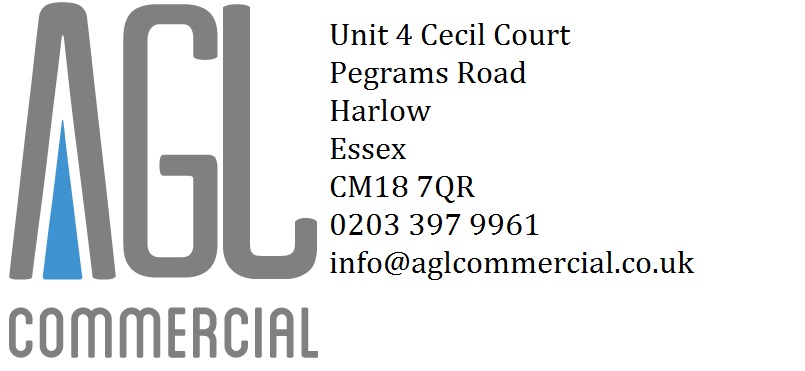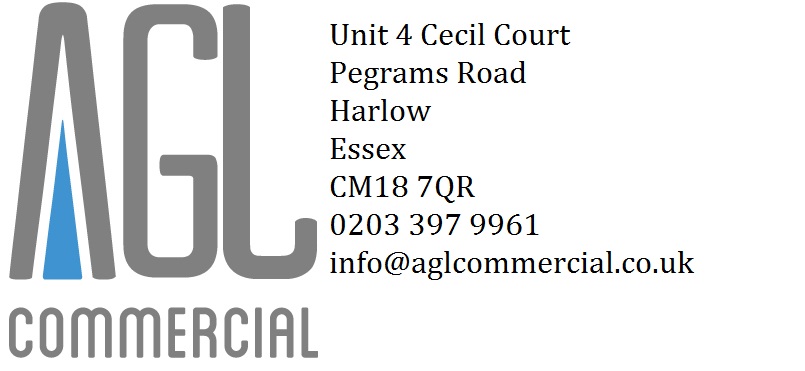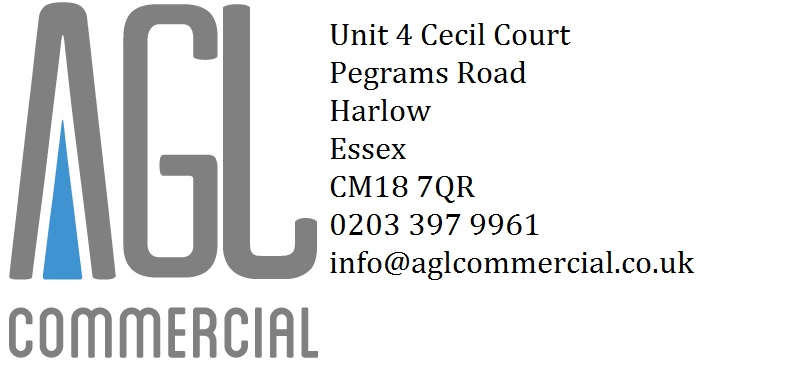Title Page
-
Site conducted
-
Conducted on
-
Prepared by
-
Location
Untitled Page
-
What should be identified before work at height starts?
-
Reason Over 40% of major injuries on construction sites involve falls from heights
-
Why More than 50% of falls form height end in death.
-
Remember - ladders and stepladders are only for light work of a short duration where there is a low risk of falling
-
Roof-edge barriers (or scaffolds) must be erected to prevent people and materials falling
-
Access ladders must extend at least 1 metre above the stepping-off point and must be secured
-
Fragile surfaces, such as asbestos cement roof sheets and some skylights, must be identified with signs and a safe system of working devised
-
Ladders must be rested at the correct angle - one unit out for four units up
-
If a fall could result in a serious injury, guard-rails and toe-boards must be erected
-
Hazards resulting from adverse weather conditions must be anticipated, and suitable precautions taken
-
Too much material on a working platform can make access and egress difficult
-
Don't allow rubbish to accumulate as this is liable to cause accidents. Use a chute or lower materials properly
-
Wet, windy or icy weather can seriously affect safety
-
Only competent operatives may be used for roofing works
-
A safe system of work must be devised and implemented where the roof would otherwise be liable to collapse under a person's weight.
-
If edge protection or a soft-landing system cannot be used, it may be necessary to use a harness and lanyard. A secure anchorage point and training will be necessary.
-
If using bitumen boilers, they require a drip tray.
-
Note to supervisor: Now inform your workforce of the company policy on working at height, particularly the use of ladders.
-
Q: How far should ladders extend above a stepping-off point?
-
Conducted by
Signed and Understood.
-
Name
-
Signature














